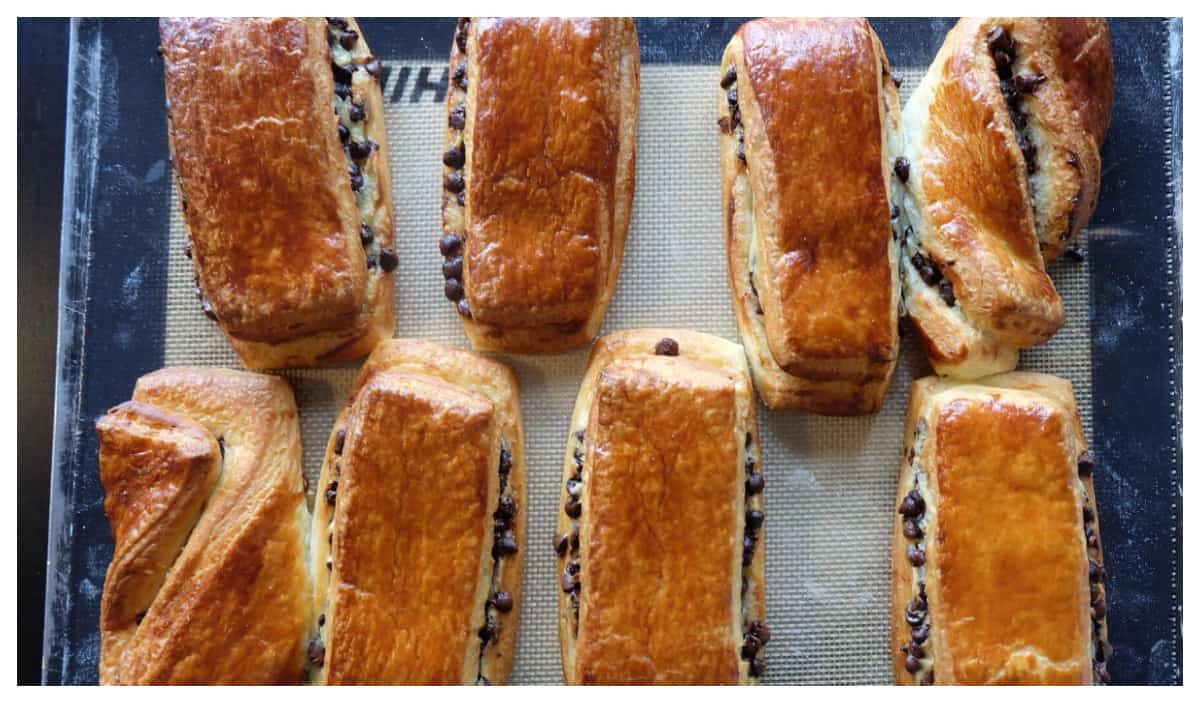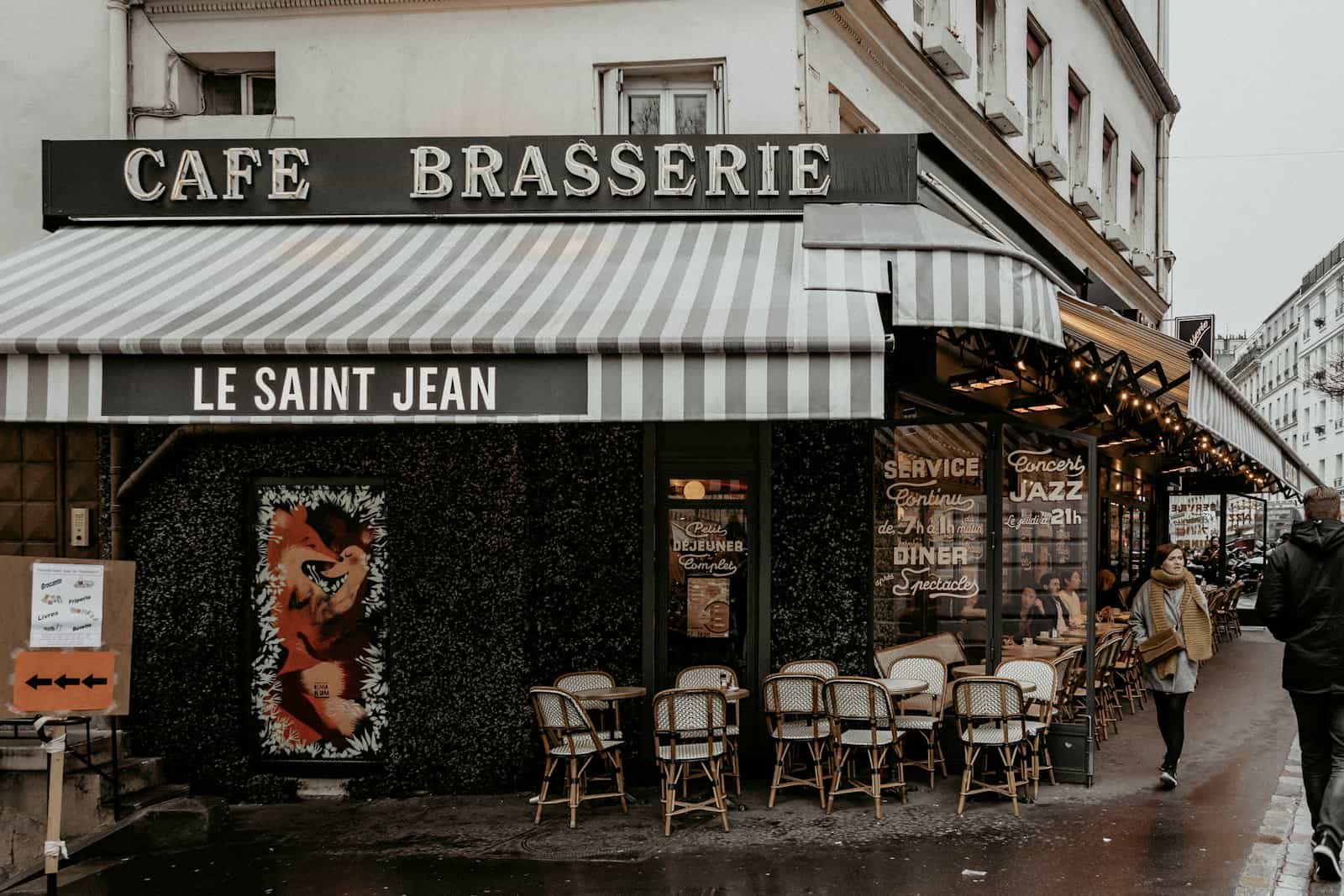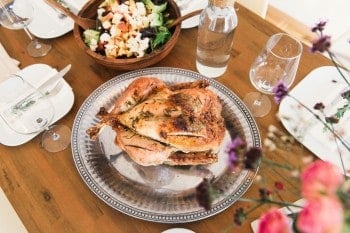
Ah, cheese. The dizzying selection. The alternately intoxicating and overwhelming smells seeping out of shop fronts and market stalls. The fierce opinions and friendly neighborhood banter while waiting in line. Cheese (and cheese shopping) is, unequivocally, one of the pillars of the French way of life. With over 350 French cheeses to choose from, buying a lunchtime treat can be an intimidating cultural challenge. With that in mind, here’s a shortlist of what you need to know when venturing out to the cheese stand…
• Most French cheeses are either Cow (Vache), Goat (Chèvre) or Ewe (Brebis) milk based, though appearances and tastes vary extensively within these categories.
• Go artisan. With so many artisan cheese shops and stands selling high quality, farm-to-market products, you’ll definitely want to forego the convenience of your corner supermarket, which mostly likely stocks mass produced goods, when purchasing cheese. Your palate will thank you…
• Don’t be afraid to ask for a sample. Pick out 2 or 3 cheeses that seem appealing and politely inquire: “Est-ce-que je peux gouter celui-ci?*” Pop the slice in your mouth, chew thoughtfully, nod approvingly and, if you’ve settled on your selection, order it up! For harder cheeses that have already been cut, 100g is a fairly standard serving. Round cheeses (Camembert, for example) are sold as a whole or half reel, and smaller goat cheeses (Crottin) are sold individually.
*: Can I taste this one?
• Word to the wise: you’ll only be able to taste cheeses that have already been cut, which are generally on the drier end of the spectrum.
• To tell how ripe a soft cheese is, like a Camembert, gently press down on it to see how much it gives. A ripe Camembert should give a little if you press your thumb into the center; firm on the outside but soft on the inside.
• Everyone needs to try a really smelly cheese. Even if it’s not your cup of tea, at least you’ll be able to say you experienced it! A Langres, Munster, or really mature Camembert should do the trick for impressing squeamish Anglophone visitors.
• Eat the rind. The rind is edible on most soft cheeses, so don’t upset your French host by scooping all the insides out of the camembert, leaving only the sad white husk behind on the cheese plate. The rind adds flavor and texture, so do as the natives and go whole-buffalo.
• Know your cheese plate. When entertaining, a respectable cheese plate usually contains most of the following: one or two small goat cheeses (a Crottin and a Cendré are good staples), a gooey Camembert, a creamy Pont l’Evêque or Brie, a Tomme of some kind (Brebis, for example), a swiss cheese (like Vieux Comté) and a blue cheese (Roquefort is a good go-to).
• Dinner party tip: It’s considered rude to help yourself to more than three cheeses. Take more than three, and your hostess will assume that you didn’t enjoy her meal enough to fill up on the elaborate, home-cooked courses that preceded the cheese plate.
• Here are a few useful links packed with cheese-related information:
o Extensive description of French cheeses and conservation methods:
http://joinusinfrance.net/html/cheeses.html
o Rundown of cheese-related etiquette:
http://www.understandfrance.org/Food/Cheese.html
o Descriptions of many French cheeses
http://gourmetingredients.suite101.com/article.cfm/a_beginners_guide_to_french_cheeses
http://www.cheese-france.com/























Navigating in a French cheese shop can be troublesome. I recently can across a book entitled Tasting to Eternity which to my surprise has a individual poem for a selection of the best loved French cheeses. It is both entertaining and informative. Hope it helps!
Not only can your fromager help you pick out new cheeses to try based on what you already know you like… but he or she can most likely recommend a nice wine to go with it, if you ask. Don’t be shy! They’re glad to share a bit of their culture with you.